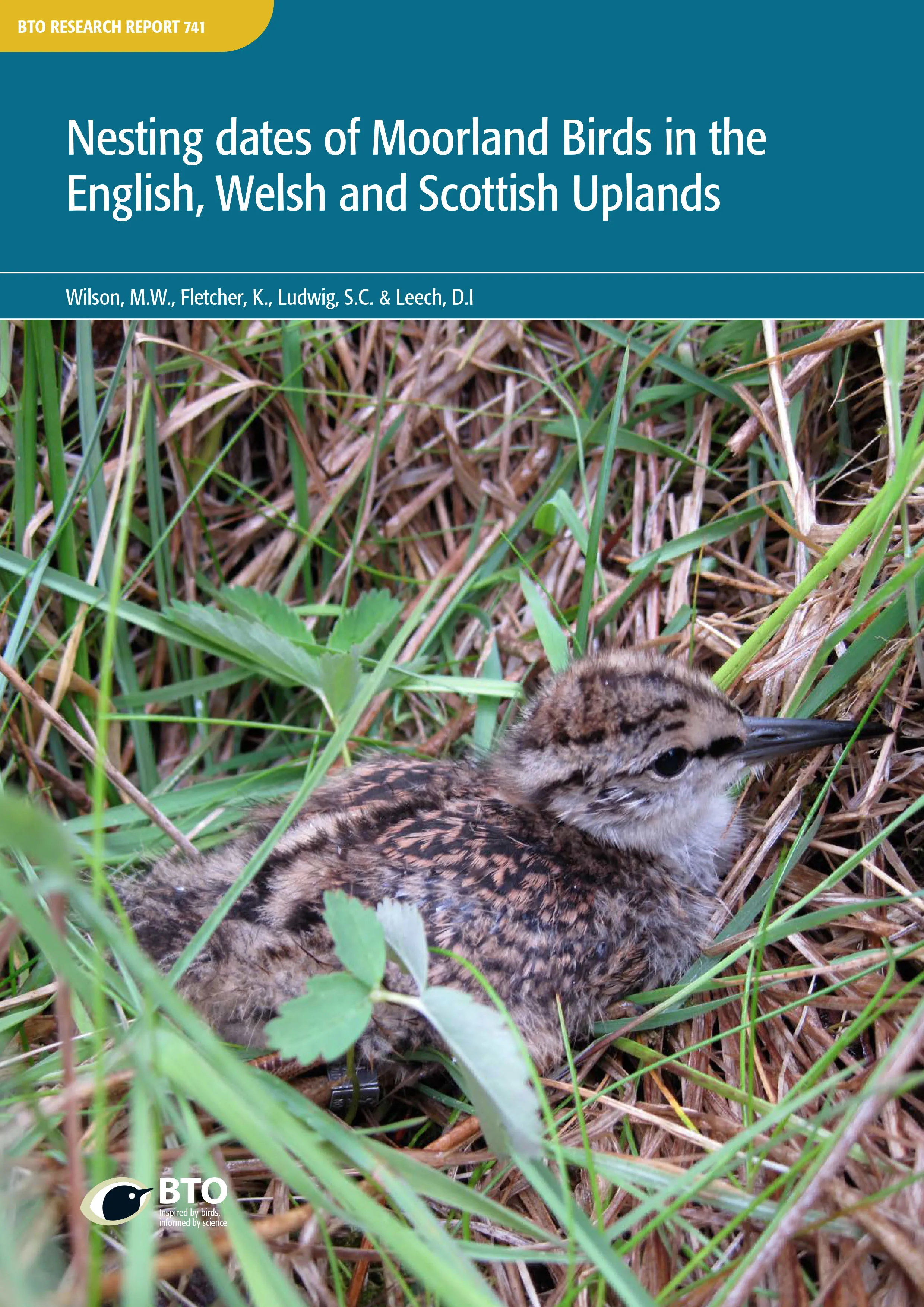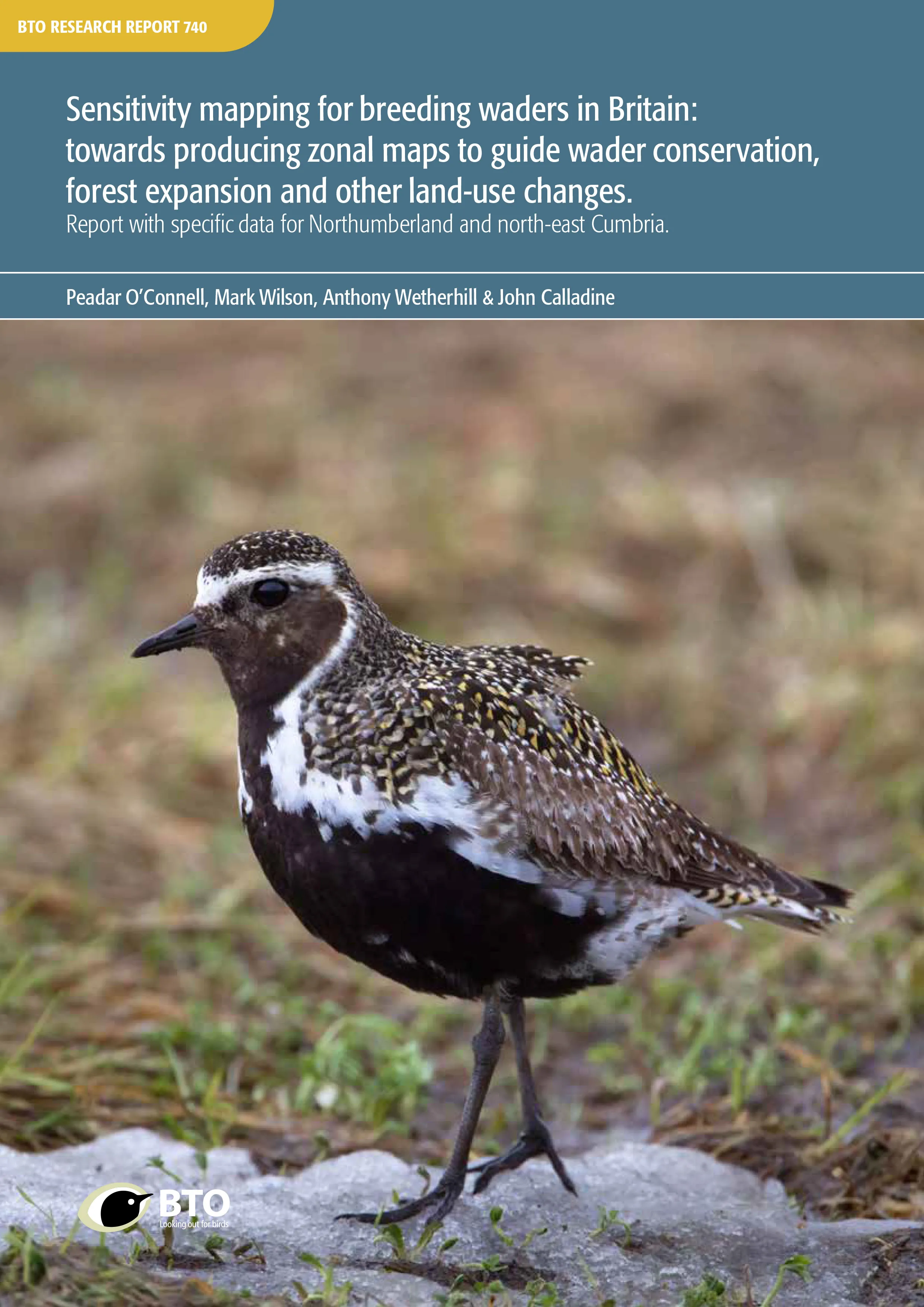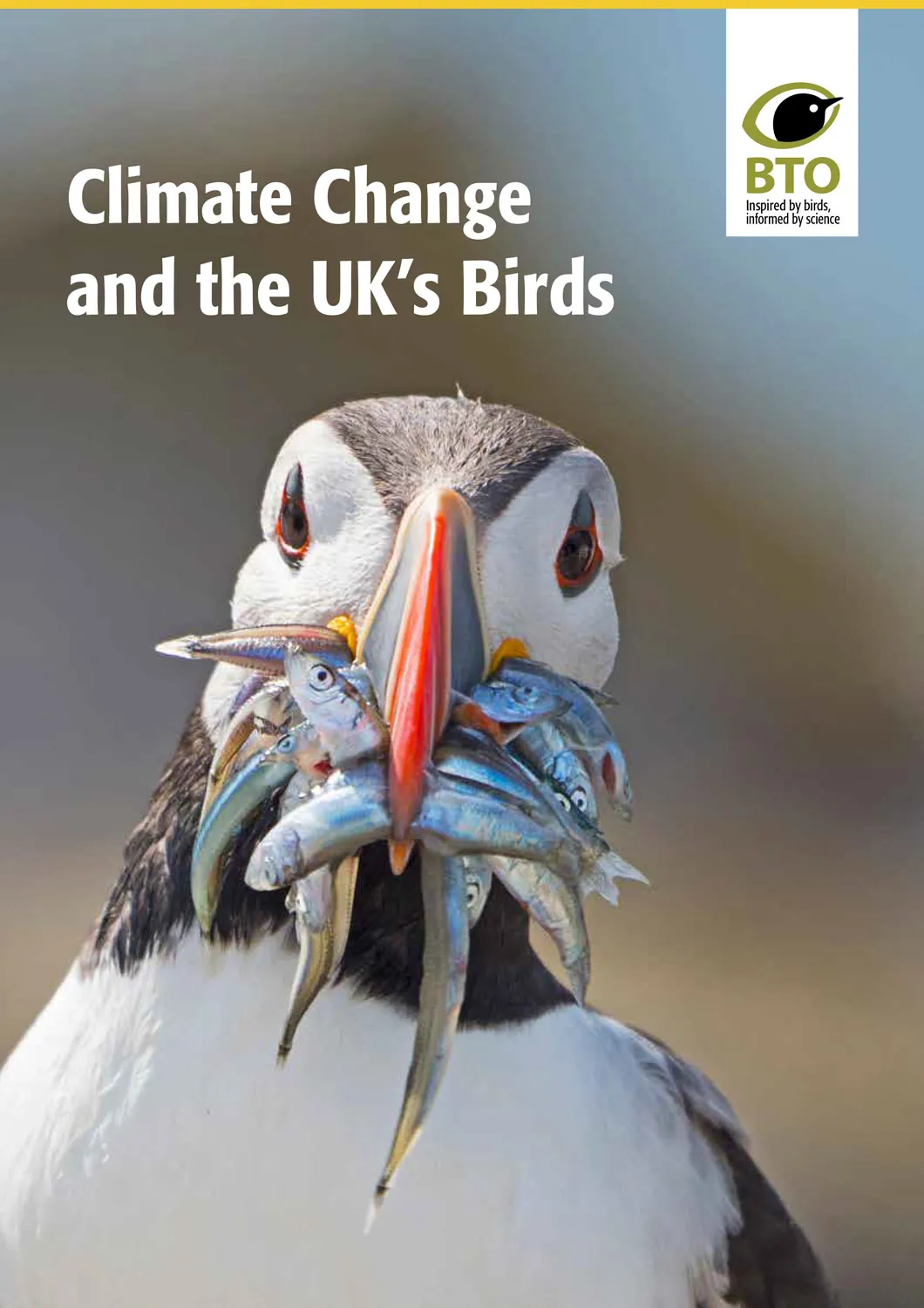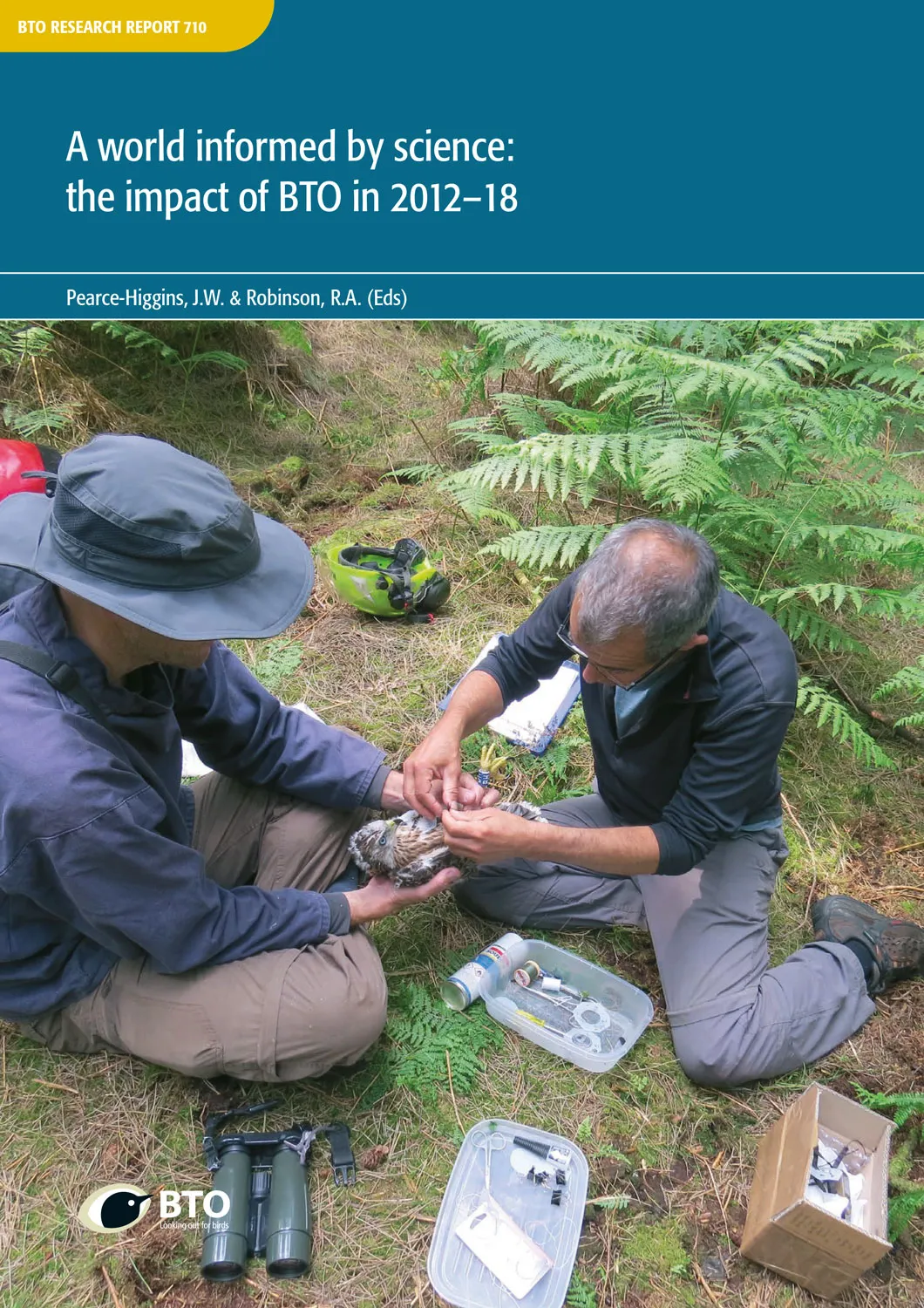BTO Research Reports are scientific papers that have been self-published by the BTO. The following is a full list of the published BTO research reports. Most are free to download, and links to Abstracts are included where possible.
Numbers missing from the list are those allocated but which were never produced or which have not been published. BTO recognises that, particularly in respect of commercially sensitive cases, a period of confidentiality is appropriate for some projects. However, in the interests of scientific development and dissemination of information, we encourage clients to permit publication as soon as it is reasonable to do so.
- If you wish to purchase a physical copy of a report please contact [email protected].
- More information about our Annual Service reports to JNCC 1992-2005.
Assessment of recent Hen Harrier population trends in England through population modelling
This study uses a population modelling approach to explore the effects of changes in rates of productivity, survival, and settlement on population growth in the English population of Hen Harriers.

Search
Nesting dates of Moorland Birds in the English, Welsh and Scottish Uplands
Author: Wilson, M.W., Fletcher, K., Ludwig, S.C. & Leech, D.I.
Published: 2022
Rotational burning of vegetation is a common form of land management in UK upland habitats, and is restricted to the colder half of the year, with the time period during which burning may be carried out in upland areas varying between countries. In England and Scotland, this period runs from the 1st October to 15th April, but in the latter jurisdiction, permission can be granted to extend the burning season to 30th April. In Wales, this period runs from 1st October to 31st March.This report sets out timing of breeding information for upland birds in England, Scotland and Wales, to assess whether rotational burning poses a threat to populations of these species, and the extent to which any such threat varies in space and time.
17.02.22
Research reports Research reports

Sensitivity mapping for breeding waders in Britain: towards producing zonal maps to guide wader conservation, forest expansion and other land-use changes. Report with specific data for Northumberland and north-east Cumbria
Author: O’Connell, P., Wilson, M., Wetherhill, A. & Calladine, J.
Published: 2021
Breeding waders in Britain are high profile species of conservation concern because of their declining populations and the international significance of some of their populations. Forest expansion is one of the most important, ongoing and large-scale changes in land use that can provide conservation and wider environmental benefits, but also adversely affect populations of breeding waders. We describe models to be used towards the development of tools to guide, inform and minimise conflict between wader conservation and forest expansion.Extensive data on breeding wader occurrence is typically available at spatial scales that are too coarse to best inform waderconservation and forestry stakeholders. Using statistical models (random forest regression trees) we model the predicted relative abundances of 10 species of breeding wader across Britain at 1-km square resolution. Bird data are taken from Bird Atlas 2007–11, which was a joint project between BTO, BirdWatch Ireland and the Scottish Ornithologists’ Club, and modelled with a range of environmental data sets.
09.12.21
Research reports Research reports

Climate Change and the UK's Birds
Author: Pearce-Higgins, J.W.
Published: 2021
In this report we show how climate change is already impacting the UK’s birds. Our internationally important breeding seabird populations and unique assemblage of upland breeding birds are already negatively affected and appear most vulnerable to future change. Many southern species and widespread resident species are increasing in response to warmer temperatures.Overall, a quarter of our breeding species appear to be negatively affected and a quarter may be responding positively; the remaining breeding species that have been studied appear relatively unaffected by climate change. There are significant gaps in our knowledge for other species, notably our wintering bird populations.
04.11.21
Research reports Research reports

A world informed by science: the impact of BTO in 2012–18
Author: Pearce-Higgins, J. & Robinson, R.
Published: 2019
This report provides an assessment of the impact of BTO science over the period 2012–2018, measured in terms of knowledge and information, policies and management, species and habitats, people and society and collaboration and capacity building. It is the written evidence reviewed by an Independent Panel, whose findings are available to read here (PDF, 684 KB).
01.08.19
Research reports Research reports

Implications of lowland broadleaved woodland management for the conservation of target bird species
Author: Broome, A., Fuller, R.J., Bellamy, P.E., Eichhorn, M.P., Gill, R.M.A., Harmer, R., Kerr, G. & Siriwardena, G.M.
Published: 2017
This research consisted of a literature review and field study which investigated woodland management for birds withinlowland broadleaved woodlands in Britain. The research considered the effect of woodland management (silviculturalintervention and control of deer browsing) on vegetation structure, and the relationships between vegetation structureand woodland birds. Based on habitat–bird relationships, a classification of six woodland stand structures (A–F) relatedto their value to birds, and a framework to help understand and manage woodland development to deliver thesestructures were created. The field study, which was conducted in England and Wales, showed that woodlands arepredominantly mature or late thicket stands, with low structural heterogeneity (type E – closed canopy, few strata),and silvicultural interventions are primarily mid to late rotational thinning. Such interventions lead to a uniform standstructure and reduced stem and understorey density. High deer browsing pressure also reduces understorey density.Study results showed these vegetation structures to be less favourable to the target bird species who were insteadfound to be associating with the structures predicted from the literature as being favourable. This suggests thatvegetation structures for birds can be described, and if provided, bird populations could be enhanced. The frequentlyoccurring woodland structure type E is of least value to woodland birds. Woodland managers are encouraged to movetype E stands towards other types to help meet bird conservation objectives
16.06.17
Research reports Research reports